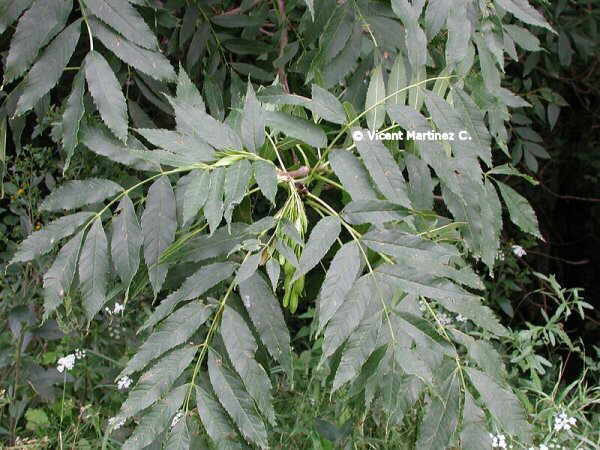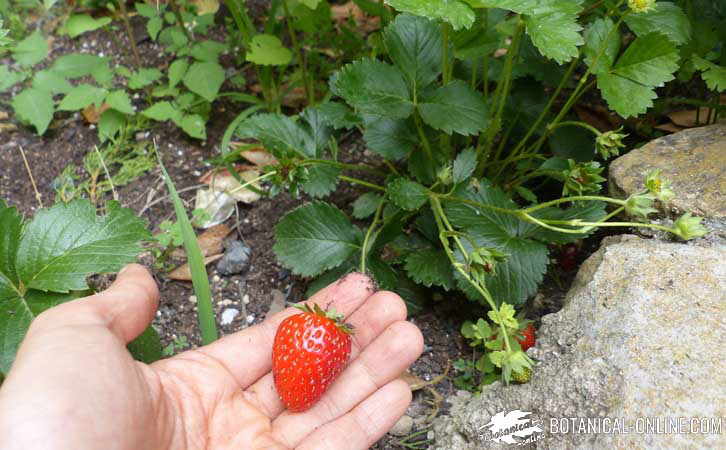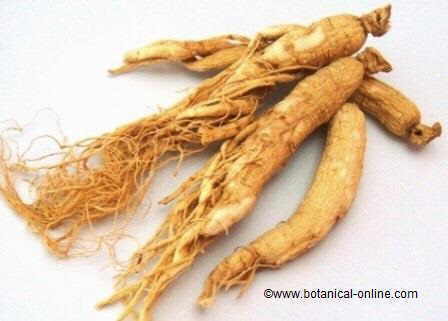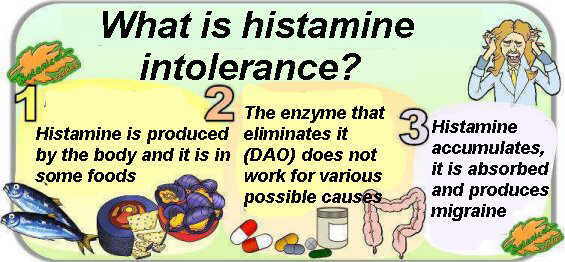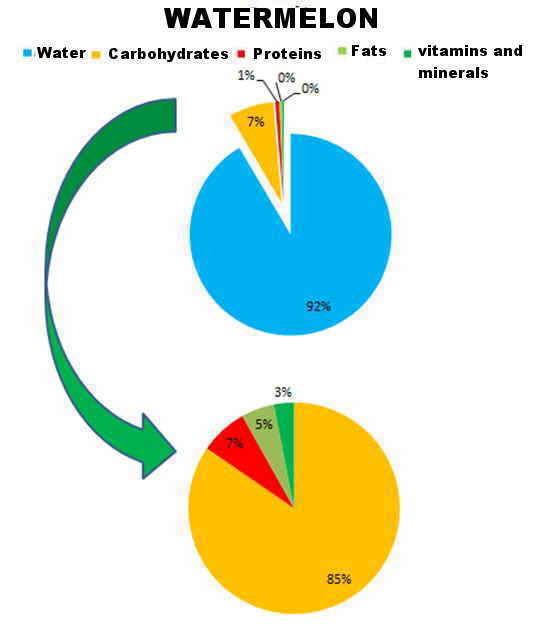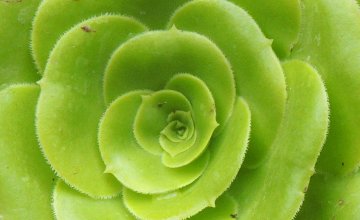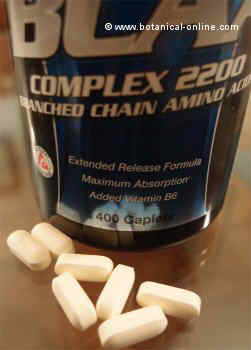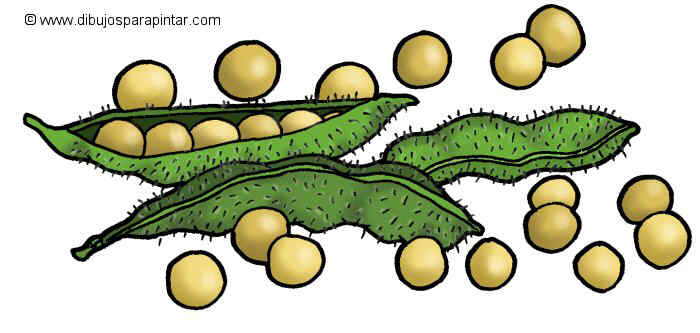Contents
What is bread?
Bread is the name of a food product made from baking flour, mixed with water or milk and other possible ingredients.
How is bread made? Leavened bread and unleavened bread
Bread can be made with yeast (fermented bread = leavened bread) or without yeast (unleavened bread). Yeast can be natural or chemical.
To prepare the unleavened type, bread flour is mixed with water or milk. This type of bread is characterized because it does not contain leaven and has a sleek look and a little fluffy texture.
How is fermentation done in bread
Leavened bread is fermented using yeast. It appears that the Egyptians used yeast first. To sum up, this process occurs by the action of microorganisms of the genus Saccharomyces on sugar. The process produces alcohol and carbon dioxide.
This gas is what determines that sourdough becomes lighter and more porous than non-fermented, so leavened bread is less compacted than the unleavened one. In addition, during the fermentation process, the action of enzymes acting on starch can transform it into a digestive product.
The enzymes added by yeast provide a higher percentage of proteins that in unleavened bread. Fermentation also stresses its smell and taste.
After fermentation, bread is baked, which stops the fermentation process because heat kills the yeast. The heat turns the dough into a drier product, crisp and more digestible.
Initially, bread fermentation was produced in a natural way, letting the yeast spontaneously act over the dough. Currently, this process is managed by selected yeasts that are faster and safer than old ones.
Most industrial bakeries use chemical yeast to speed fermentation. In addition to flour, yeast and water, one should take into account that other ingredients can be added to the mass to improve its presence, taste, aroma, texture and to preserve it (milk, vegetable or animal fats, sugars, salt, fruit, preservatives, colorings, flavor enhancers, etc.)
Which cereal is best to produce bread?
While bread is produced from numerous cereals (See more information in “Types of bread” in the listing below), wheat flour is most suitable for the manufacture of bread, biscuits, pasta, etc. Wheat, and rye to a lesser extent, are the only cereals that produce enough gluten, a paste formed by mixing glutenin, and gliadin proteins along with water.
Gluten has plasticity and elasticity which allows giving the dough a certain shape and, at the same time, permits yeast to act on it causing it to swell by absorbing water vapor and air. To raise bread dough in other cereals, they should be mixed with wheat or rye.
For some grains that are completely gluten-free, we must use some special techniques to get their digestibility, such as it happens with corn flour when making mexican tortillas. Corn flour must be mixed with lime.

Other bread preparations
History of bread
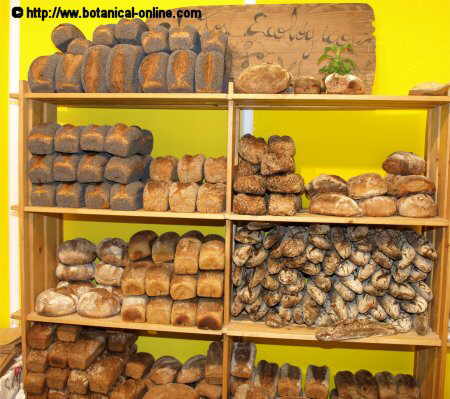
There are many different types of bread
The first non-fermented bread was made in the Neolithic period 12,000 years ago. They were just flat pieces of pasta made with shredded wheat that were put to cook on hot rocks. Even today, there are many cultures who make bread without yeast (See more information in the “Types of bread” in the listing below)
No one knows for certain if the Egyptians discovered the fermentation process but they probably did. As in most great discoveries, this was an accidental finding. It seems that the wind must have spread some yeasts casually over the dough of flour and water, acting on the mass spontaneously. Later, probably by chance, a piece of uncooked dough was saved and, when mixed with the new dough, it started again the process of fermentation.
In fact, this method, so simple and useful, changed this food and produced the same form of bread that has essentially remained until today. Even nowadays, far from big cities, you can find small ovens or people who produce their own homemade yeast bread.
Greeks and Romans collected the art of the Egyptians. Bread was a staple in Rome. The state controlled the cultivation and processing of this food. People could bake their own bread in the many public ovens.
During the Middle Ages, the consumption of black rye bread was extended among the poor, while favored people ate white wheat bread. Most of this food was made in small home-made wood ovens or in the the town or city bakery.
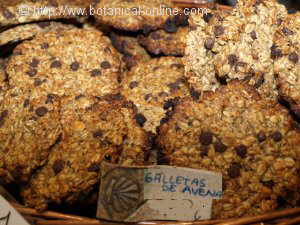
Oats biscuits
This trend continued until the late nineteenth century, when industrialization led to the emergence of machines which facilitate the baker’s work. Currently, most breads are made by large bakeries that make the whole process mechanically.
After a period of disrepute during the last quarter of the twentieth century, bread is no longer considered as a food that only serves to stop you feeling hungry or to make you fatten. Its properties have been studied and evaluated and, fortunately, it has re-emerged as a natural and healthy staple food. Today there are many kinds of bread that can meet the tastes and needs of every consumer.
Other ways “to eat bread”
It is not necessary to eat only bread to enjoy the benefits of cereals. From flour of cereals delicious and nutritious food can be prepared, with all the properties of good bread. Every day, there are more establishments that offer a wide variety of breads, cookies, pasta, etc. The work of the informed consumer will be to choose a place that can offer the best quality at the best price.
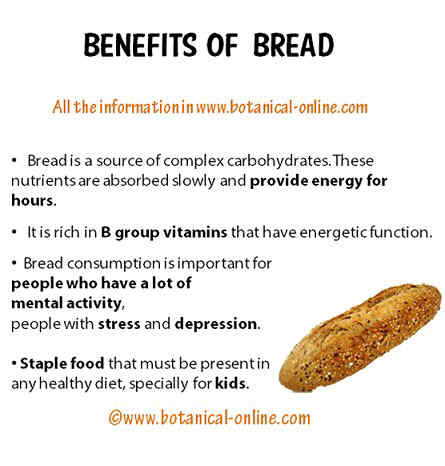
Main curative properties of bread
Flour products
Other ways to produce flour derivatives are:
- Cookies: Basically cookies are made with flour, sugar and water. The water content is less than in bread so they have a very high calorific value. They are very suitable for people who need to regain strength quickly (children, youth, athletes, workers who make great efforts, etc)
- People who have a tendency to obesity, diabetics or those who are on weight loss diets should be cautious with their consumption. There are many types of cookies (with chocolate, cream, fruit, etc.) We have to choose the products containing less artificial ingredients.
- Biscotti: These are dextrinated breads, that’s to say, twice cooked. This makes this food more digestible than bread itself. As the water content is very low, they have many calories in relation to their weight.
- Pasta: One of the most common ways of eating cereal is through pasta (noodles, spaghetti, macaroni, etc). Pastas can be whole or refined. All of them are made with flour, usually wheat, yeast, water and in many cases they contain eggs. Pastas are generally rich in gluten because they are made from durum wheat flour. They are very digestive and energetic. They need to be cooked in water to be eatable.
- Couscous: It is an original dish of North Africa made from semolina, that’s to say, wheat grains partially ground. We can find very typical dishes of couscous in Morocco, Algeria or Tunisia, although couscous use has spread to many parts of the world. Because it is a steamed dish, it has very prominent food properties, being very rich in proteins, minerals and carbohydrates and very low in fats.
QUESTIONS OF BREAD. VIDEO
Related information:
– What types of bread are made without wheat flour?
– What are the best known types of bread in the world?
![]() More information about wheat
More information about wheat
Natural foods | Cabbage / Caraway / Carrot / Cashew / Cauliflower / Cayenne pepper / Celery / Chard / Chayote / Cherimoya / Cherry / Chestnut / Chia / Chickpea / Chicory / Cinnamon / Clove / Common beet / Coconut / Coffee / Corn / Courgette / Cucumber / Cumin… More foods |

